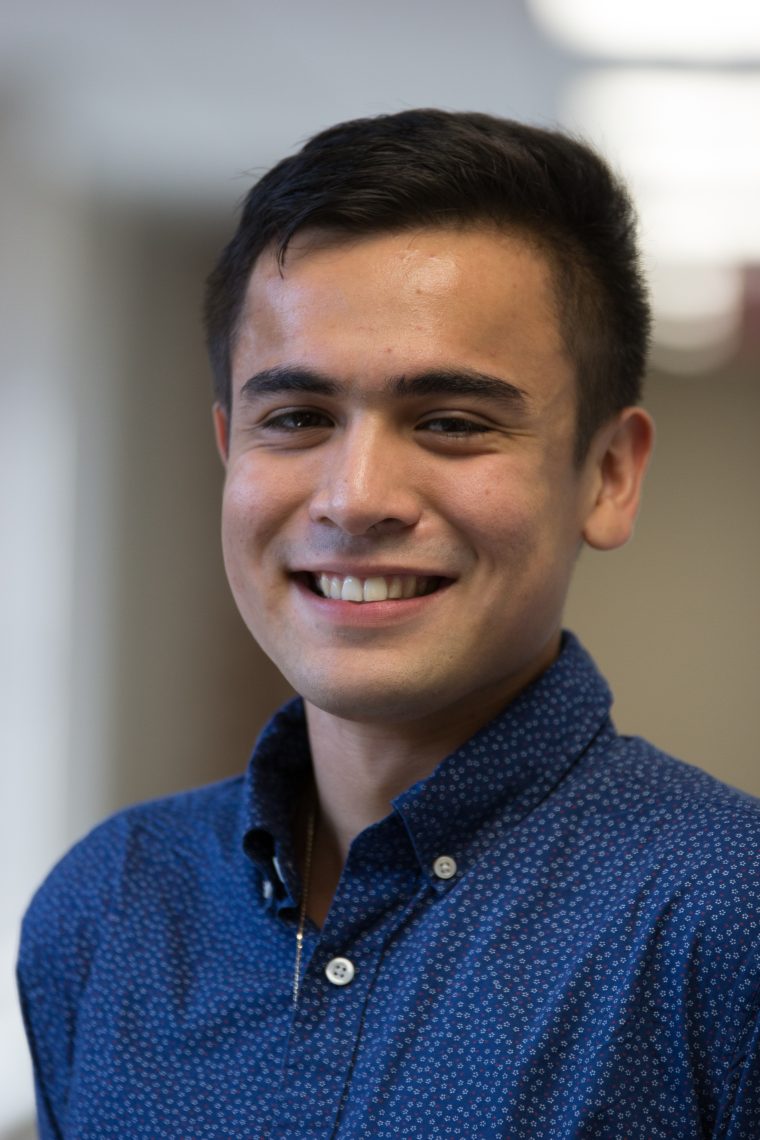

This April, Temple University President Richard Englert announced that United States campuses would be tobacco-free by July 1, banning all tobacco use, including cigarettes, Juuls and other vaping products on any of Temple’s campuses, he wrote in an email to the Temple community.
Those who continue to smoke on campus will be violating the Student Code of Conduct and would be given a warning by enforcement officials.
I don’t condone smoking. I know the health risks and how dangerous secondhand smoke is. At the same time, I don’t appreciate the infringement of individual liberty, and this cigarette ban does just that.
“Of course this ban infringes on individual liberties, and frankly I don’t know how I feel about it,” said Jackie Rappaport, a sophomore journalism student. ”On one hand, it does have health benefits, but on the other hand, I don’t like the power of decision being taken away from me.”
The ban prohibits smoking on campus, but because Temple is surrounded by public streets, members of our community and street vendors could be unfairly impacted by this policy. According to the university’s overview of the tobacco policy, the ban “will be fully enforced for members of the Temple community as well as visitors to the campus, including vendors and contractors.”
This year, bans on the sale of vaping products swept the nation. The move comes after 39 vaping-related deaths, the Center for Disease Control reported on Nov. 5.
There is no doubt that using tobacco is unhealthy. More than 480,000 people a year die from smoking cigarettes in the U.S. and Philadelphia has the second-highest rate of tobacco use of any large U.S. city, the CDC reported.
Smoking tobacco is dangerous and unhealthy, and the university is right to educate people on its dangers. But although I believe this ban represents a good cause, I also think it invades the autonomy of students, faculty and community residents.
Deirdre Dingman is an assistant professor at the College of Public Health and also a member of the climate survey committee for the initiative’s task force that helped draft the policy. She believes that cigarette smoking is too dangerous to not execute this initiative.
“Secondhand smoke has an effect, and cigarette waste is destructive. It also makes it more difficult to quit in an environment where it is allowed,” she added.
“I don’t know of any high school that allows cigarette smoking anymore or vaping, and it’s weird that a person would come to college and start seeing it around them because that can increase their interest in trying it and becoming addicted to it being you’re still in that critical period,” Dingman added.
Although I agree with the effort to reduce smoking and improve the overall health of students, I also believe that college is a time to be an independent adult, and for many, choosing to smoke is part of that freedom.
“This is not a black-and-white issue,” said Maia Sheinfeld, a junior advertising major. “People might not adhere to the ban but I think it will prompt others to reflect on smoking and how it affects others.”
The rise in nicotine addiction and vaping-related lung injury proves that we should be taking immediate action to solve the issue of tobacco use among adolescents. That solution shouldn’t come at the expense of our right to make that decision for ourselves.
CORRECTION: A previous version of this story misstated Dingman’s title. She is an assistant professor at the College of Public Health.


First, educate yourself further on so-called “secondhand smoke.” Harm remains unproved regardless of the one-sided story that gets print (read “Silencing Science” a study by Sheldon Ungar).
Second, let’s call what Deirdre Dingman advances what it really is: the Thought Police. And well done to the author at least pointing out it is anti-autonomy even without the accurate label.
All the ‘evidence’ against smoking itself is statistical legerdemain. Cause/effect has never been proven. As for airborne smoke, when the long-ago discredited, but still oft-quoted EPA report came out, it showed a risk of 1.19 for spouses of smokers that had been together 30 years plus nonsmoking workers after a working lifetime of work exposure to smoking conditions back in the 1940s through 80s. Even if it had been done legitimately, this works out to a lifetime risk of 1 extra case of nonsmokers lung cancer in 80,000 worker-years. This is a statistical hiccup. Not anything for an intelligent person to get up in arms about. The ‘no safe level’ lie came about because after OSHA did actual testing, the 15 or so compounds that were of concern and detectable at all were so diffuse that there was no need to establish one. Based on OSHA’s data, the limit would be 62 packs per hour in their 20′ x 20′ x 9′ sealed testing room. Not something that could happen in the real world.